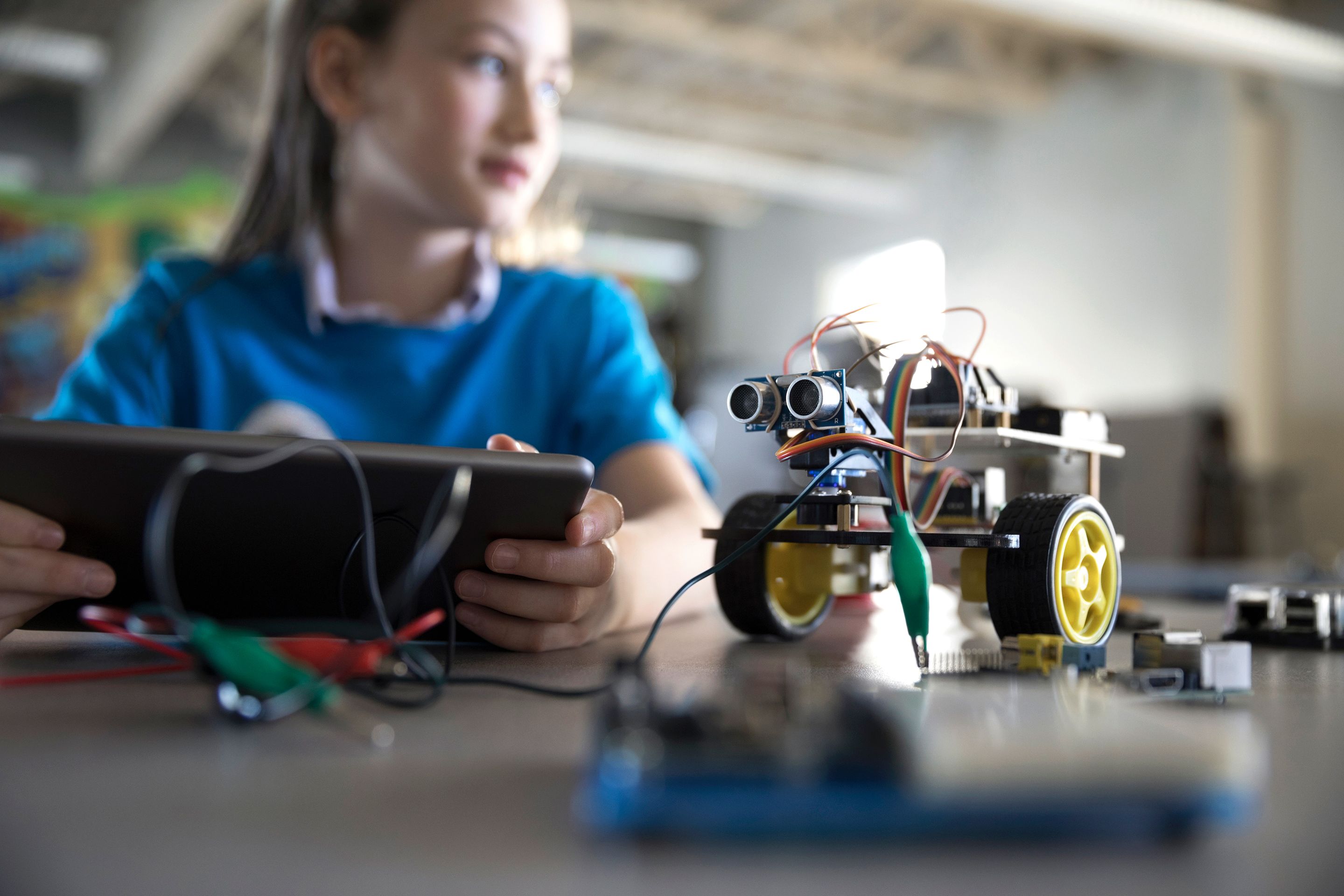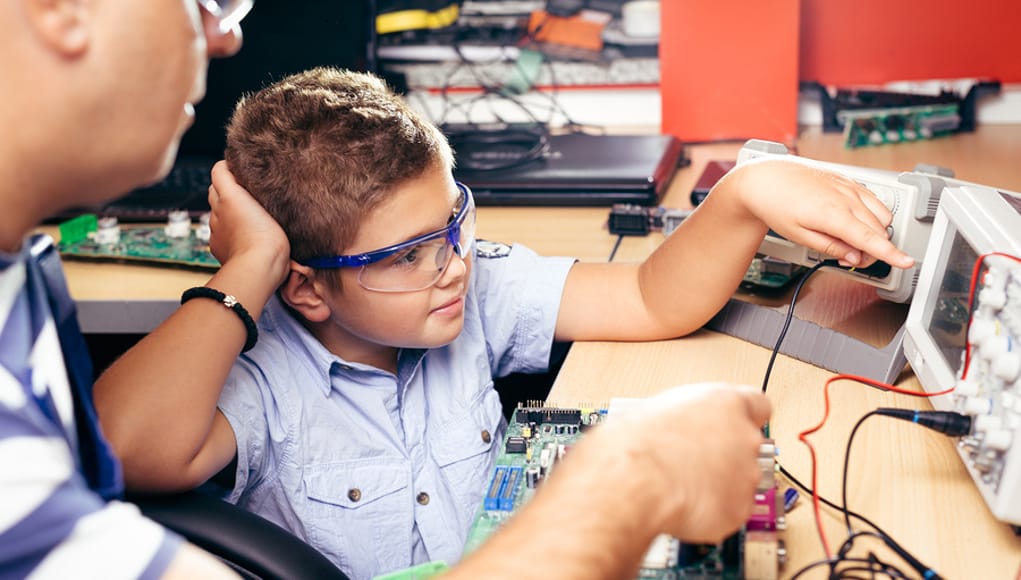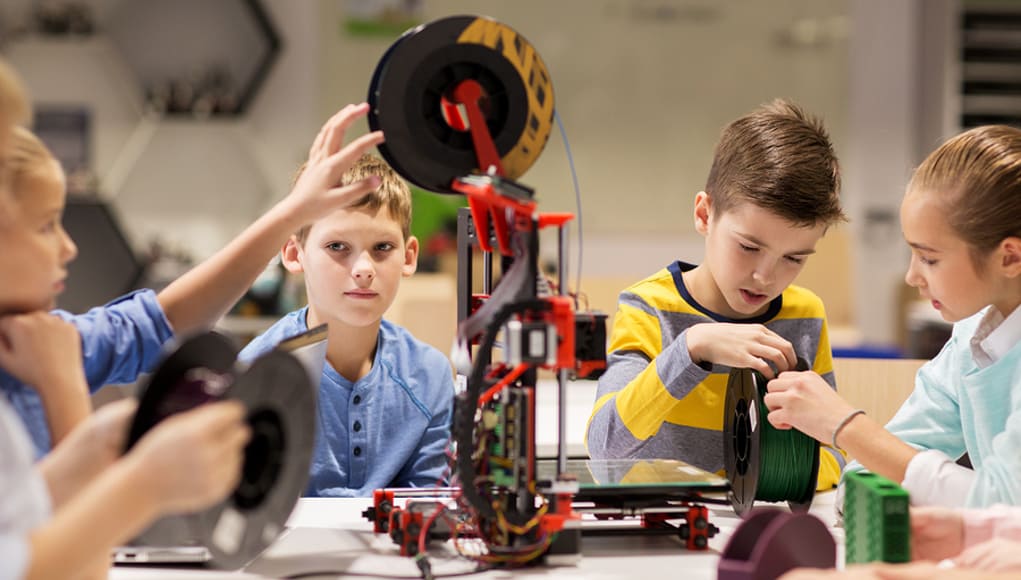7 Examples of Project-Based Learning Activities
Even if you have never heard about all the research showing the effectiveness of project-based learning, it’s not hard to figure out that it is a far more engaging way to learn than through traditional methods. What’s not to love about engaging with a real-life problem or question and applying content knowledge and connections to various disciplines to solve it?
If you’re stuck for ideas, here are a few great ones to get you started.

- 1 Comments
- Dec 6, 2019 10:10:00 AM
- Posted by Natalia Galvis
- Topics: Robotics, EdTech, Education, Problem Based Learning (PBL), Robots,, PBL, Edchat
Supporting Teachers in Their Shift to Project-Based Learning
A STEM education consultant explains how consistent collaboration among teachers can foster effective STEM-based PBL instruction.

- 0 Comments
- Sep 19, 2019 10:00:00 AM
- Posted by Natalia Galvis
- Topics: EdTech, STEM, Project Based Learning, Problem Based Learning (PBL), teachers, PBL, Edchat
4 Ways Project-Based Learning Prepares Students For the Future of Work
There are many reasons why project-based learning may be the best pedagogy for all students. Indeed, PBL is intended to be engaging, collaborative, tech-ready, student-owned and personalized. But, there may not be a better reason for PBL than that of preparing all students for a rapidly changing world – especially the future of work.

- 0 Comments
- Sep 5, 2019 10:00:00 AM
- Posted by Natalia Galvis
- Topics: STEM, Curriculum, Problem Based Learning (PBL), steam, STEMchat, PBL, Edchat
4 Things All Project-Based Learning Teachers Should Do
Gone are the days when students were expected to sit passively at desks while teachers lectured endlessly, expecting children to soak up the information being thrown at them.
In today’s educational environment, students are expected to collaborate, think critically, and work together to develop innovative projects and answers to complex questions. To support this mission, many schools have begun to take part in a practice known as Project-Based Learning (PBL).

PBL allows teachers to expose students to a wide variety of 21st Century skills, and allows students to interact with curriculum in a way that is engaging, authentic, and fun!
Making a shift from traditional forms of learning to PBL can be challenging. PBL can require a lot of prep work on the part of the teacher. But the gains in student engagement and achievement are immeasurable. Here are four steps to help you create a Project Based-Learning classroom.
- 1 Comments
- Jul 2, 2019 11:46:32 AM
- Posted by Maria Alejandra Calcetero
- Topics: EdTech, STEM, Curriculum, STEMchat, PBL
Relevant Posts
Popular Posts
Subscribe to Email Updates
-
I Want To Learn MoreADDITIONAL INFORMATION


